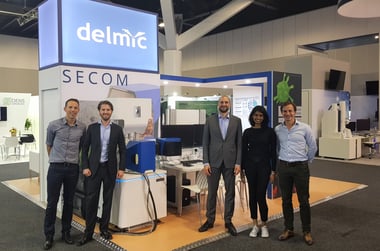
event
Success at the IMC19: demonstrations, discussions and future plans
The 19th International Microscopy Congress, the biggest microscopy event of the year, finished last week, and it was a great success for Delmic!
All topics

The 19th International Microscopy Congress, the biggest microscopy event of the year, finished last week, and it was a great success for Delmic!
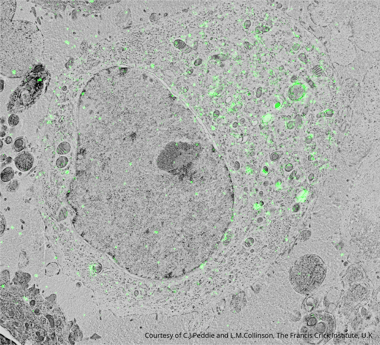
Integrated Superresolution CLEM is proving to be a revolutionary method for understanding biological systems.
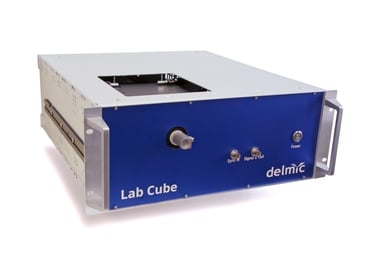
In our recent post, we announced that Delmic will present the new imaging modes of the SPARC system during the IMC19: time-resolved cathodoluminescence imaging ...

If you are coming to the IMC19, which begins in only 10 days, you are probably busy with arranging your schedule to make sure that you don’t miss any ...

The big event of September, 19th International Microscopy Congress will start in less than three weeks, and we are very excited about it.
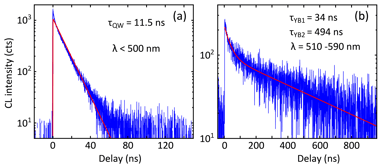
During the IMC19 in Sydney Delmic will present new imaging modes of the SPARC system: time-resolved cathodoluminescence imaging (g(2) and lifetime mapping).
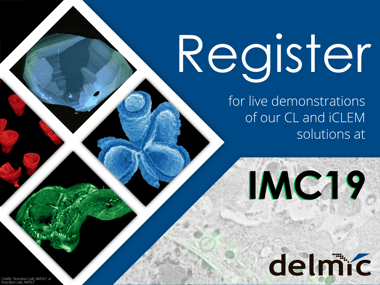
For the last few months Delmic has been preparing for the biggest microscopy event of the year: the 19th International Microscopy Congress, which will take ...
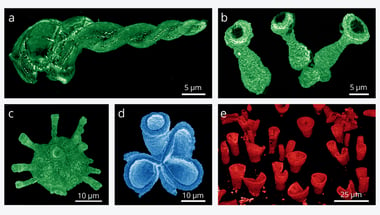
The new application note, prepared by our application specialist Toon Coenen, focuses on the methylammonium lead halide perovskite materials.
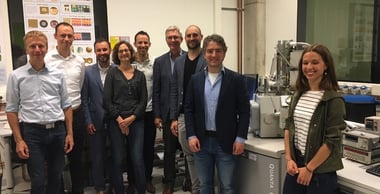
The Time-Resolved Cathodoluminescence project, an outcome of collaboration between Delmic, AMOLF Institute and Thermo Fisher, resulted in the creation of two ...
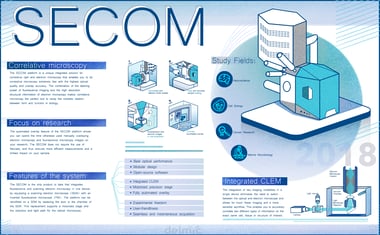
Imaging biological samples can be pretty tiring and difficult, especially when the data has to be acquired with different microscopes.
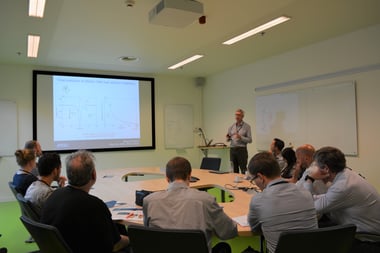
On 31st of May Delmic together with AMOLF Institute in Amsterdam held the workshop “Cathodoluminescence for nanophotonics”, which gathered participants from ...
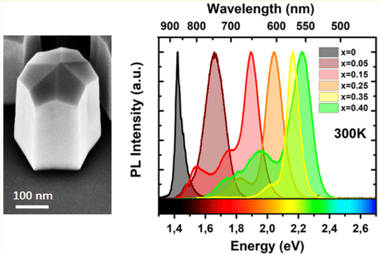
In the last few years, LEDs (light-emitting diodes) have proved to be the future of the lighting systems, due to their efficiency, brightness, and longer ...